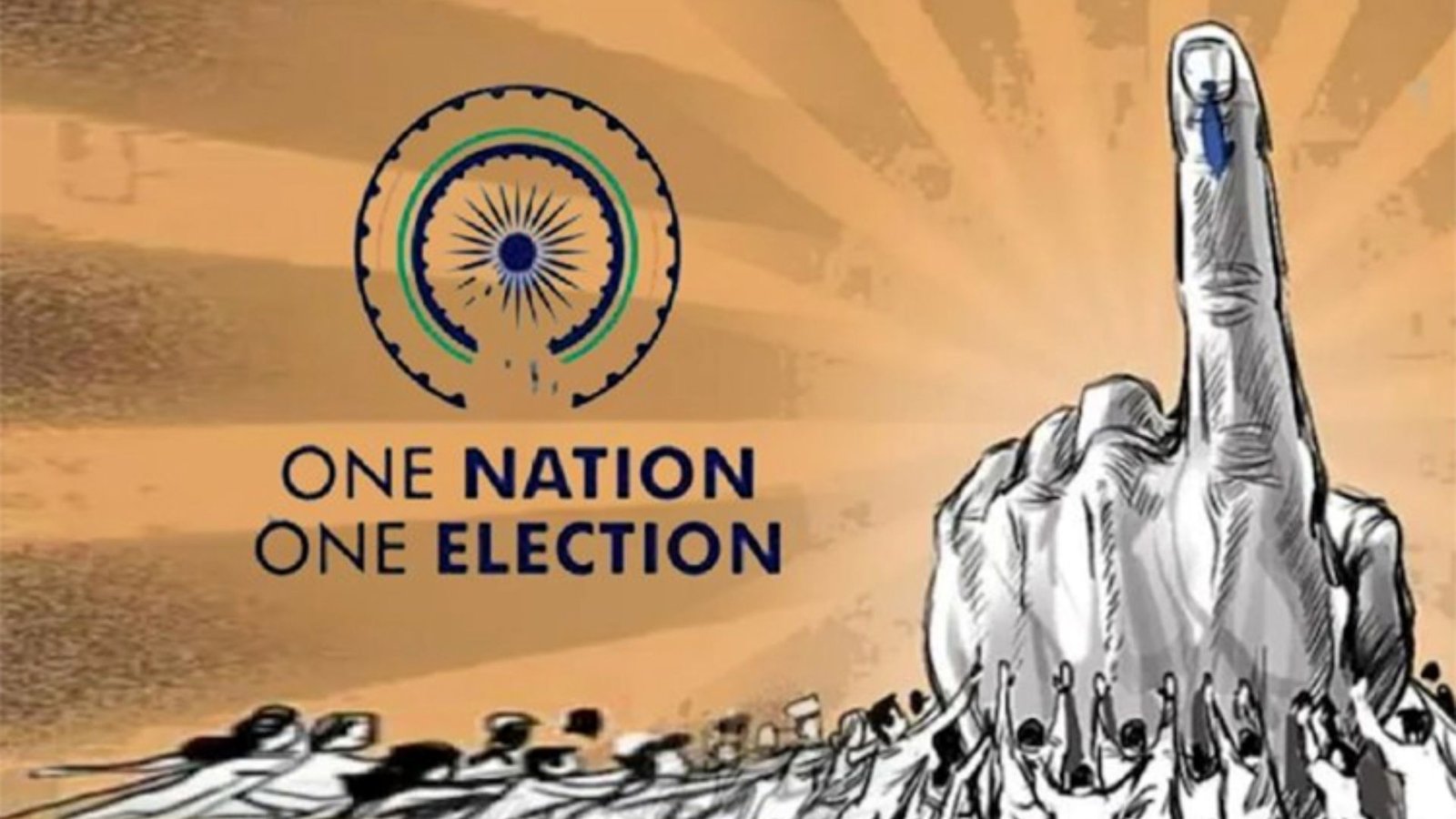Govt’s ‘One Nation, One Election’ Plan: Latest Updates
The Indian government is moving forward with its ambitious ‘One Nation, One Election’ plan, a proposal that seeks to synchronize the Lok Sabha (General) and state assembly elections, thereby reducing the frequency of polls across the country. This move is seen as a major electoral reform aimed at streamlining the election process, reducing costs, and minimizing the disruption caused by frequent elections in different states.
Three Key Bills Under Consideration
To bring this plan to fruition, the government is considering three key bills that are expected to lay the groundwork for the simultaneous election process. These bills aim to address the legal and constitutional challenges posed by synchronizing elections across the country. Here’s what is being discussed:
Constitutional Amendments: Since Lok Sabha and state assembly elections are currently held separately, significant amendments to the Constitution are required. This includes changes to Articles related to the duration of the House and the schedule of elections.
Electoral Procedure Reforms: New mechanisms need to be put in place to align the electoral process at both the central and state levels. This could involve changes in the Representation of the People Act and other election-related laws.
Contingency Provisions: To ensure that the new system functions smoothly, provisions will be needed to address situations like premature dissolution of state assemblies or the Lok Sabha.
High-Level Committee and Expert Panel
To evaluate the feasibility and roadmap for implementing this plan, the government has set up a high-level committee, including constitutional experts, lawmakers, and election commission officials. This committee will study the legal framework and provide recommendations on the amendments required.
Benefits of ‘One Nation, One Election’
The government argues that holding simultaneous elections will:
Reduce costs: Election-related expenses will be drastically cut, as separate polling and campaigning costs for central and state elections will be consolidated.
Limit disruptions: Frequent elections disrupt governance due to the imposition of the Model Code of Conduct. Synchronizing elections will reduce such disruptions.
Improve voter turnout: A single election could encourage higher voter participation, as citizens can vote for both central and state representatives at once.
Challenges and Opposition
Despite its potential benefits, the ‘One Nation, One Election’ plan has faced criticism from opposition parties and state governments, who argue that it could undermine the federal structure of India. Critics say that state-specific issues may get overshadowed by national narratives, leading to an imbalance in regional representation.
Additionally, logistical challenges such as managing the massive electoral process across all states simultaneously, ensuring security, and coordinating with different state election commissions remain key concerns.
Conclusion
As the government considers these three bills and prepares for the parliamentary debate, the ‘One Nation, One Election’ plan has sparked discussions on the future of India’s electoral system. While it promises cost-effectiveness and efficiency, it also raises important questions about its impact on democratic processes and regional governance. The final decision is likely to have a lasting influence on the way elections are conducted in India.











